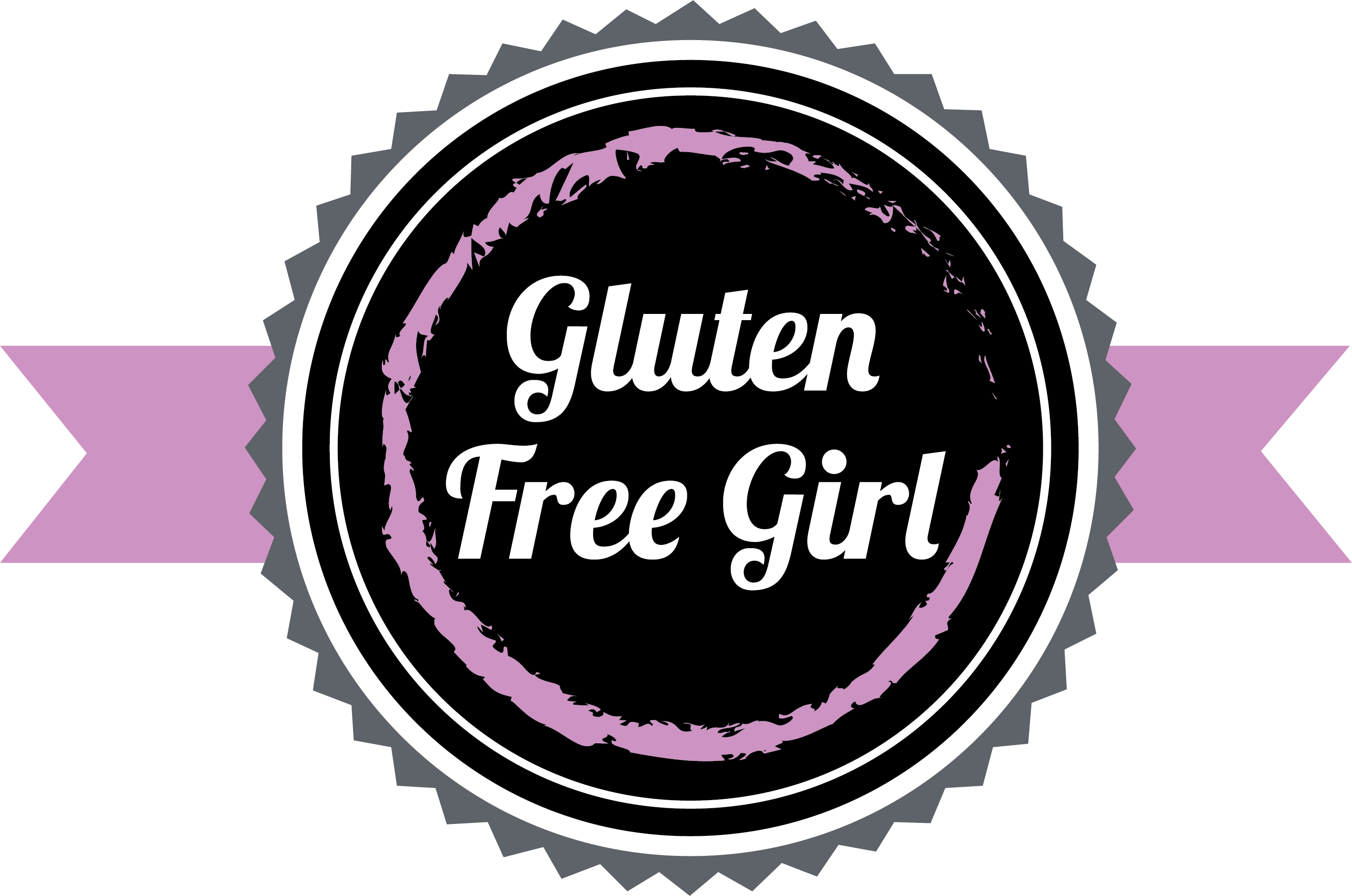-
What is Gluten Free?
Gluten is a protein found in wheat, rye, barley, and their derivatives.
Gluten is found in all forms of wheat (einkorn, durum, faro, graham, kamut, semolina, spelt, triticale), rye and barley. This means that gluten is in all bakery goods (i.e., breads, cakes, cupcakes, bagels, cookies, muffins) made with regular white flour, whole wheat flour and most whole grain flours. It is also in pasta and noodle dishes and most breakfast cereals. Gluten is surprisingly ubiquitous. It is often found in beer and ale, salad dressing, Communion wafers, canned soups, sauces and gravies, and imitation crab. For an extensive list of foods that may contain gluten, see Gluten Free & More’s Gluten Free Quick Start Guide. People who have celiac disease and those with non-celiac gluten sensitivity must avoid gluten. They do this by adhering to a strict gluten-free diet. This diet—free of all forms of wheat, barley and rye—is necessary to help prevent both the short-term and long-term consequences of celiac disease. Even minuscule amounts of gluten can be enough to cause damage to the small intestine for those with celiac disease.
Ask Your Doctor
What is Celiac Disease?
Celiac disease is a genetic autoimmune disorder that occurs when the body reacts abnormally to gluten, a protein found in wheat, rye, and barley. When people with celiac disease eat foods that contain gluten, an immune-mediated toxic reaction causes damage to their small intestine, as well as to other systems in the body. Celiac disease affects about 1 in 133 people, an estimated 3 million Americans. Approximately 85 percent of these people are thought to be undiagnosed. For more information on Celiac Disease, please read What is Celiac Disease?
Non-Celiac Gluten Sensitivity
For years, many people reported having celiac-like symptoms—abdominal pain, fatigue, foggy mind, joint pain, tingling of the extremities, even depression—but they repeatedly tested negative for celiac disease—and responded positively to the gluten-free diet. Now specialists recognize that these patients may have non-celiac gluten sensitivity, a condition that is distinct from celiac disease.
Studies have demonstrated that non-celiac gluten sensitivity is a distinct medical condition that differs from celiac disease. Celiac disease is considered a subset of gluten sensitivity. Anyone with celiac disease, by definition, is gluten sensitive. However, not all gluten sensitive people have celiac disease. To continue reading, click on the following article: Non-Celiac-Gluten-Sensitivity.
-
What is Dairy Free?
Lactose intolerance. Milk allergy. Casein-free diet. Whatever your reason for going dairy-free, it might seem like a scary prospect at first. Dairy is in so many favorite foods and recipes. But with a little know-how and effort, you can cut the dairy out of your diet and still eat really well.
Most importantly, you should know that you aren’t alone. For many reasons, there’s a growing number of people who are choosing dairy-free lifestyles to avoid allergens, live healthier or even manage other conditions. Milk allergies are among the top eight food allergies in the United States. And like other food allergies, the symptoms can range from mild to severe. The first step in a dairy-free lifestyle is adjusting your diet to cut out dairy-filled foods. You should avoid everything that contains dairy including milk, cream, milk-based cheese, butter, some margarines, cream cheese, cottage cheese, sour cream and ice cream. You’ll also want to be careful with chocolate – milk chocolate is off limits, and so are certain other chocolates like semi-sweet. Be sure to read the ingredients list before eating.
If you can identify the reason for your reactions to dairy - a full-blown milk allergy, a casein allergy, or your average lactose intolerance, as examples - you will have a clearer understanding of the foods you need to avoid. Learn more about the different kinds of intolerance to dairy products by reading, "The Difference Between Lactose Intolerance and Milk Allergies" by Joshua Flebowitz (GFM, Spring 2012). It’s also important that you be careful to avoid hidden sources of dairy. These will appear on nutritional labels as things like curds, whey, ghee and lactose, among others. If going dairy-free is part of a casein-free diet, there are additional foods to avoid in addition to all dairy. Be sure to check out The Casein-Free Diet Quick Start Guide to learn more about non-dairy foods to avoid on this diet as well.
